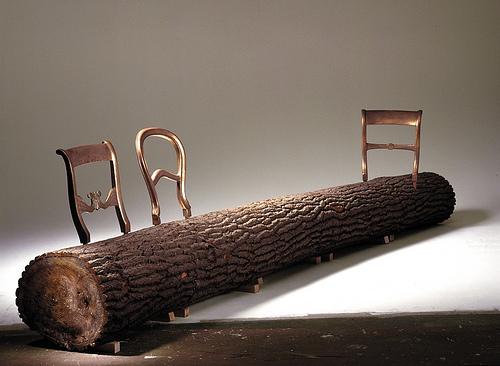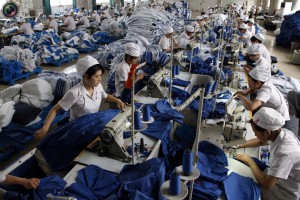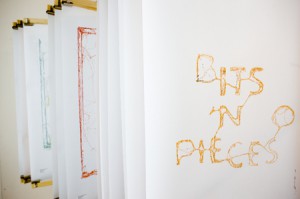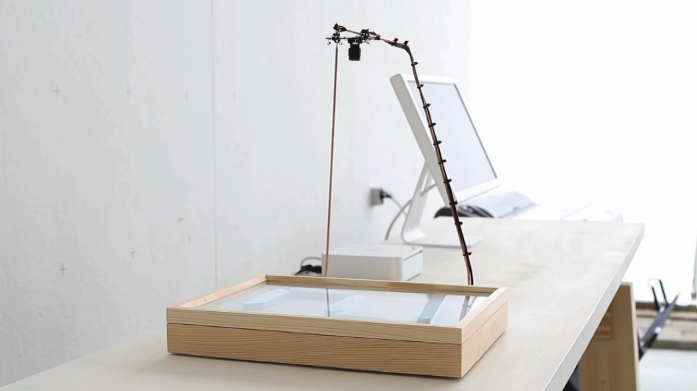Jurgen bey one of the founder of Makkink and Bey Design studio,graduated from Design Academy Eindhoven and now the director of Sandberg Institute, starts designing from how a person thinks, feels and works. From there he goes and scales up things.
He starts from humans and thats where i feel connected with him and his designs. He works very intuitional. It is not about organizing things and creating solutions. Every disorganization has a specific organization, and the specifics are what interests him.He thinks we should be more specific on what we organize.
It is not about mapping everything and understanding everything and then designing it, for him its about following an intuition and questioning why things are the way they are and let that lead to somewhere where he has not been before.
According to him wanting to think or create something new is bizarre for everything or solution we can possibly dream of does already exist in the world around us. The language is already familiar, When we see things we already recognize. So it is about knowing that language and translating it our way.
Jurgen Bey is aware of the different areas he can dive in to as a designer. He is interested in the context of his designs where usually most designers avoid.
Designing a space so to say instead of the building itself is what Jurgen Bey is interested in. As soon as he touches a space with his things, he owns the space, as he says.
For him its always about being in a specific situation. He designs for specific situations instead of abstract.
Jurgen Bey emphasizes on model world because you have the liberty to do things you want in a model world without being distracted by the questions of reality. It is important to live isolated for a while. You could reach places you haven’t reached before and you become special when you get back to reality. You face the questions of reality when you reach the level you know why you do these things.
He thinks of dutch design as a historical driven design where the craftsmanship matters and is valued. He is fascinated by the future driven design like in the 50s, or now in China where he feels the progress. Its interesting to be completely free from the history and that you are allowed to think completely ahead.
Now designers are interested in making their own machines which can result in factories becoming smaller. You can get products made on demand. For Jurgen Bey its very interesting to watch how the industry will change and the effects it will have on the people and the city.
The whole discipline is growing so fast. The change is fast. He sees the whole discipline as a sort of olympics where you can choose your own discipline and focus. You cannot do everything well, He does not believe in multidisciplinary designers.
Industrial design is not about the product but more about how things are made. How the factory would look like how would you go to the factory, how would you work there.
Jurgen Bey creates designs that provokes thinking and discussion.
Jurgen Bey considers himself to be a product designer but i really see him on the line between art and design. This is also where i would like to be, somewhere on the line. Playing with the context and the reality.For me it is not about creating beautiful products that people would like to buy for their houses. It is also not about making money but more about the social context my designs will have in the society. How will they change or adapt to people? It is not something to be planned, but more like a progress that is waiting to be unfolded.
Considering Jurgen Beys description of dutch design, ironically i see myself as a dutch designer even though i am not dutch. I value the history and the craftsmanship. I value the individuality of pieces and am not much into mass production. I don’t think that design is for everybody. I am sure not everybody would like my designs and that is ok. It should be only for the ones who would cherish them.



